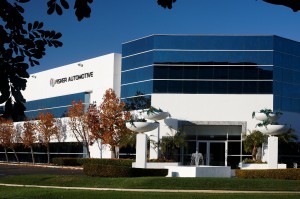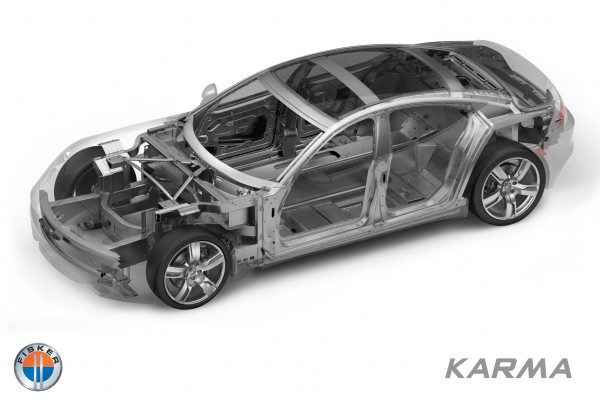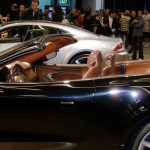
Fisker Automotive, developer of the world’s first premium plug-in hybrid, is expanding to accelerate development of its next generation plug-in hybrids, code named Project NINA.
Beginning March 1 Fisker Automotive’s global headquarters in Irvine, California will house all design, engineering, sales, marketing, and administrative operations. All positions from the company’s Pontiac, Michigan facility will be transferred, and the company expects the number of new hires to expand dramatically.
The consolidation will not affect Fisker Automotive’s partnerships with several dozen Michigan-based engineering firms and parts supply companies.
“Having our entire team in California ensures greater efficiency and speeds up development of our new plug-in hybrids,” said Henrik Fisker, CEO. “We are expanding quickly to work on both Karma and Project NINA programs at the same time.”
Fisker Automotive’s recent $115 million round of private provigil equity funding has made the changes possible ahead of schedule.
Project NINA, already in progress, will result in a line of family-oriented plug-in hybrids expected to start at $39,900 after a $7,500 federal tax credit. State and local incentives could effectively lower the price further. Fisker Automotive plans to start production in 2012 at a factory in Wilmington, Delaware formerly owned by General Motors.
The program is expected to save or create up to 5,000 direct and indirect U.S. jobs and reach an anticipated volume of 100,000 plug-in hybrids per year in 2013.
Fisker Automotive created the premium green car segment when it unveiled its Karma plug-in hybrid in 2008. Since then several major manufacturers have announced their intent to compete.
Comment on this post in our forums
A revised time line for the production models of the Fisker Karma were announce this week by Ray Lane, managing partner of the U.S. based venture capital fund Kleiner Perkins Caufield & Byers. The new estimates are for the first consumer models will begin production in February of 2011. Prior to this up to 100 cars are to be produced to allow for testing. This is still a very aggressive time line. The best estimates are that fewer than 10 cars have been produced so far. Just getting out 100 quality vehicles by the end of the year will be an outstanding feat (https://transwellness.org/trans-wellness-pharmacy/).


